Browsing: Cardiology
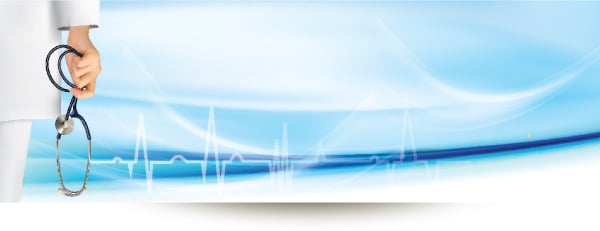
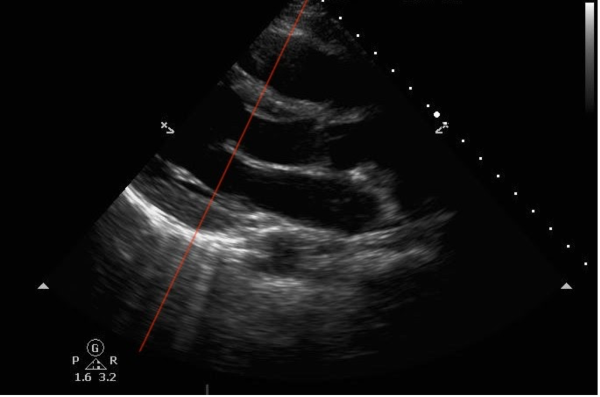

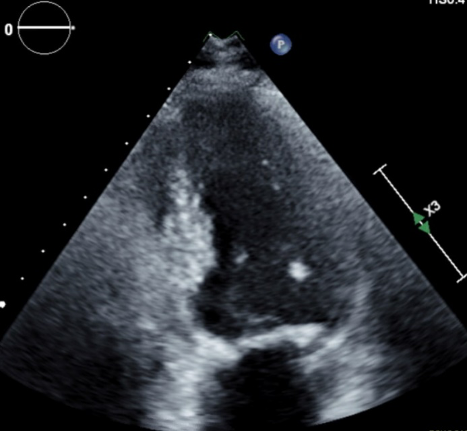
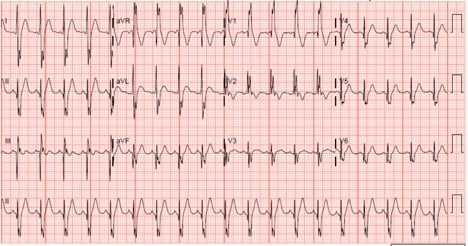
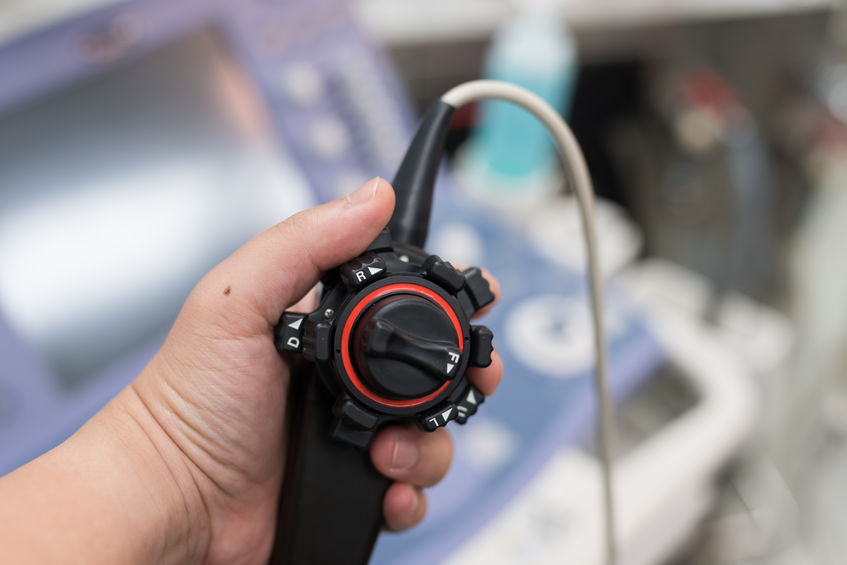
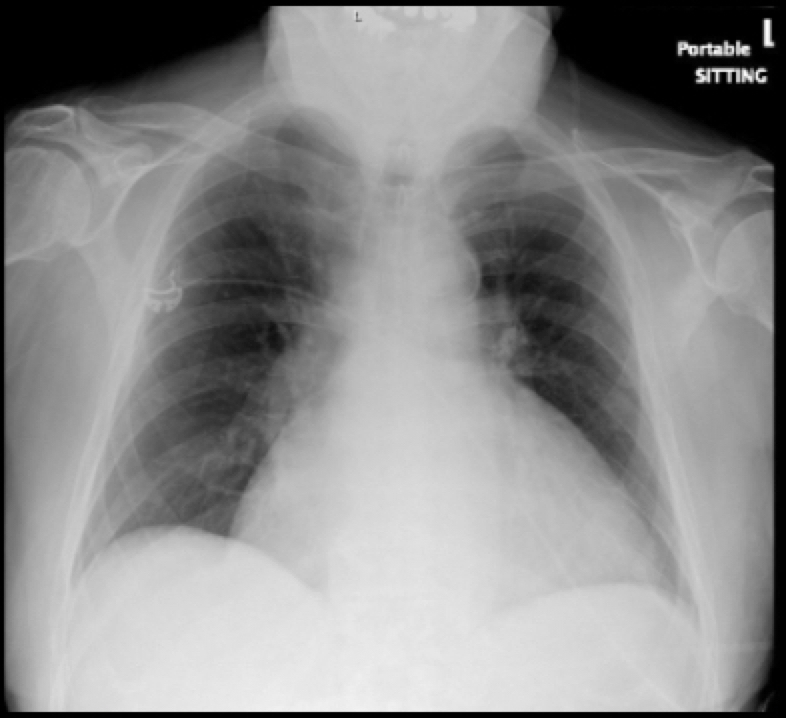
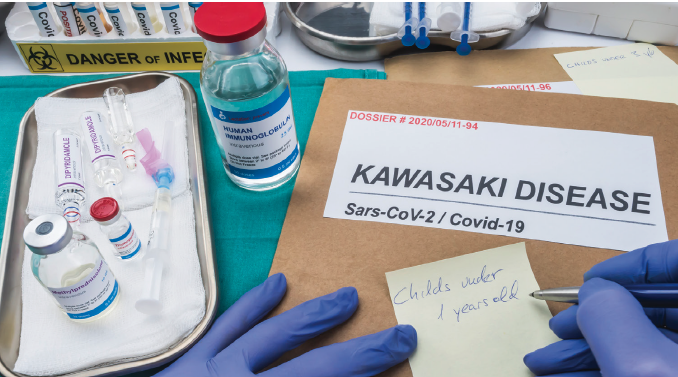
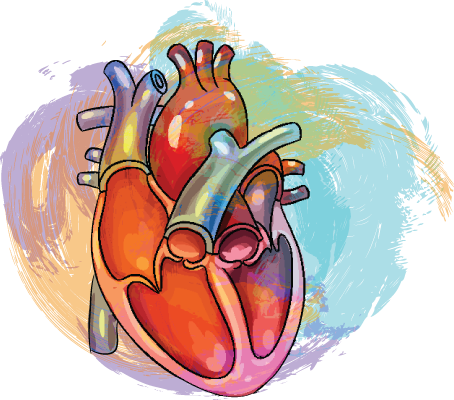
Critical Care
,
Critical Care Alert
,
Cardiology
,
Sepsis
The latest EMRA Critical Care Alert examines a study that questions whether ultra-short-acting beta-blockers, such as esmolol and landiolol, reduced 28-day mortality in septic patients with persistent
Critical Care Alerts: Effect of Ultra-Short-Acting Beta-blockers on Mortality in Patients with Persistent Tachycardia Despite Initial Fluid Resuscitation: A Systematic Review and Meta-Analysis
3/3/2021 Nicholas Huth , Jonathan Pickos, DO , Brian Sumner, MD


